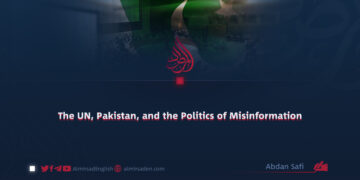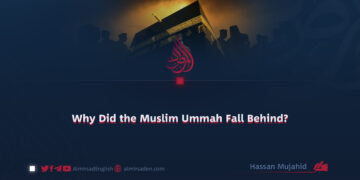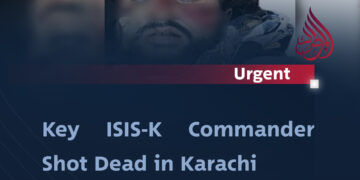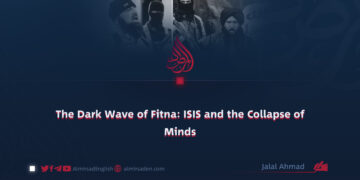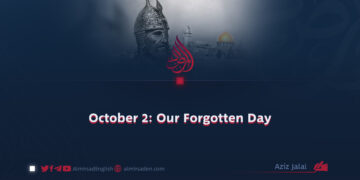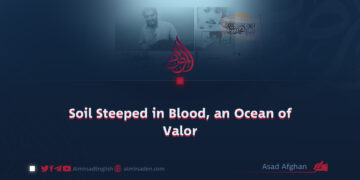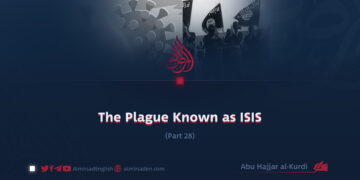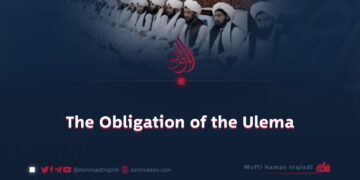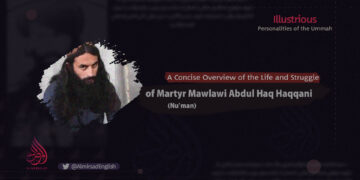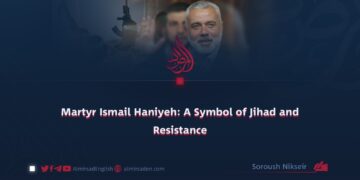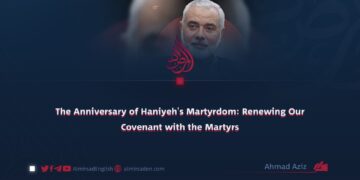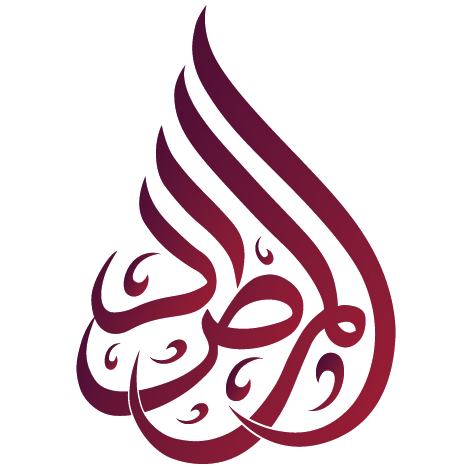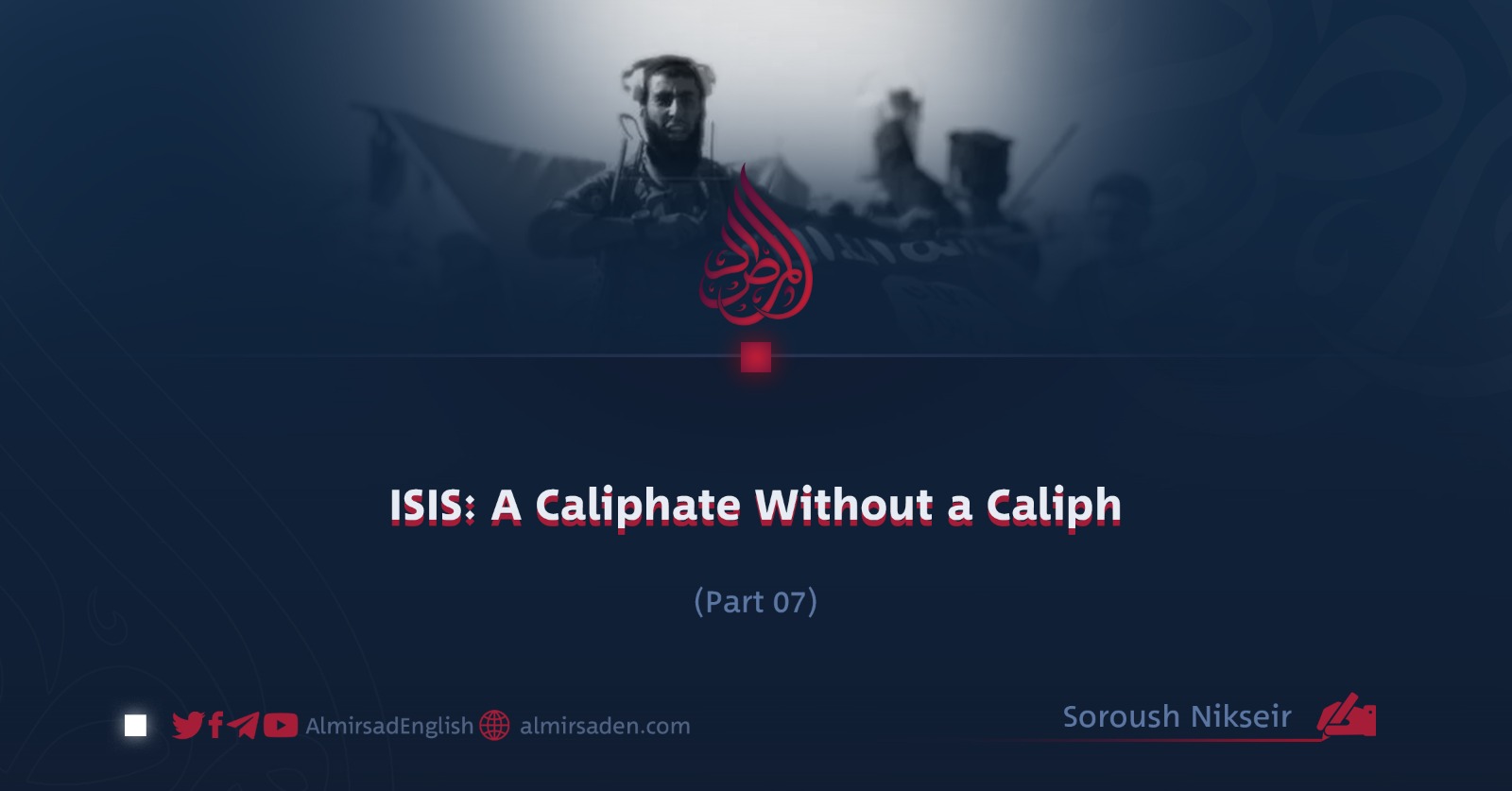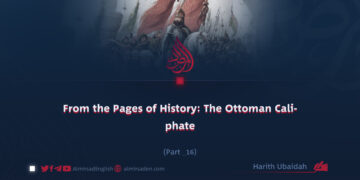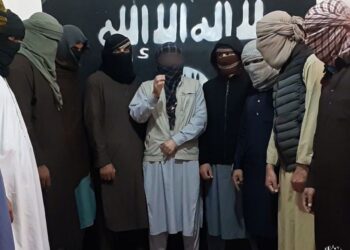Part 7
Soroush Nikseir
The People’s Uprising: The Popular Resistance That Brought ISIS to Its Knees
When the ISIS Khawarij, brandishing black flags and blood-soaked swords, launched their brutal invasion of Iraqi and Syrian towns and villages, they imagined they could shatter the will of the people. However, what ultimately brought this extremist group to its knees was not the aerial bombardments of modern fighter jets, but rather the collective fury and steadfast resistance of ordinary citizens who refused to surrender their homes, lives, and dignity without a fight.
From Mosul to Raqqa, and from Tikrit to Deir ez-Zor, men and women who had once been farmers, teachers, and merchants transformed into defenders of their communities. Their courage and determination changed the course of the war and expelled the cursed Khawarij from their lands.
In Iraq, thousands of young men from cities across the country answered the call to defend their homeland. Although most lacked advanced weaponry, they stood firm with outdated rifles, hearts filled with faith, and unshakable resolve. The story of resistance in the besieged city of Amerli stands as an enduring testament to this spirit. For 80 days, the people of Amerli resisted ISIS’s siege without surrender. One woman wrote in her memoirs: “When food ran out, we ate tree leaves, but we never lowered the city’s flag.” It was this unwavering spirit that ultimately forced ISIS out of Iraqi territory.
A parallel resistance emerged in Syria. In the north, the People’s Defense Forces, composed of Kurds, Arabs, and other minorities, stood as a formidable barrier against ISIS’s cruelty. The liberation of Kobani, achieved after 134 days of relentless fighting, marked a turning point in the conflict. It demonstrated that local forces, even in the absence of direct foreign military support, could defeat extremist militants.
One of the most critical developments during the conflict was the shift in the people’s perception and tactics. At the outset, ISIS relied on fear and brutality to control the population. But over time, that fear turned into rage. In Sunni-majority regions of Iraq, where some had initially viewed ISIS as a counterforce to the central government, people came to understand that the group offered nothing but death and devastation. The 2015 uprising of the Anbar tribes against ISIS served as a powerful manifestation of this change.
In Syria as well, diverse communities, despite their religious and ethnic differences, united in a common front against ISIS. The three-year resistance in Deir ez-Zor, carried out under total siege and with minimal resources, dispelled the myth of ISIS’s invincibility once and for all. Even without access to clean drinking water, the city’s residents did not capitulate, nor did they bow to the Khawarij’s tyranny.
These popular resistance movements delivered a decisive message to the world. No terrorist organization, regardless of its arsenal or savagery, can endure against the unified will of a people determined to defend their homes and lives. ISIS may have temporarily seized vast territories through terror and intimidation, but it failed to capture the hearts of the people. In the end, it was these same ordinary men and women, through their resilience, faith, and courage, who delivered the gravest blow to ISIS and proved that popular resistance remains the most powerful weapon against extremism.

